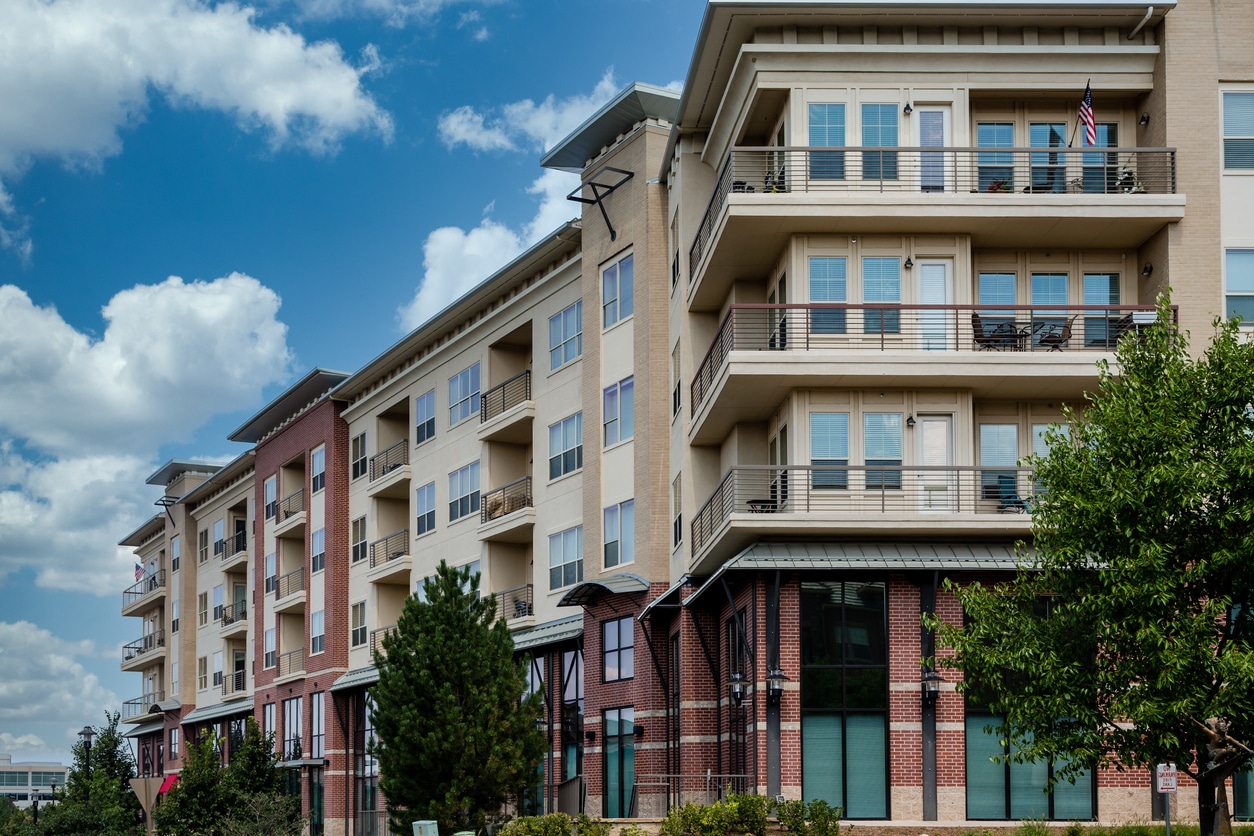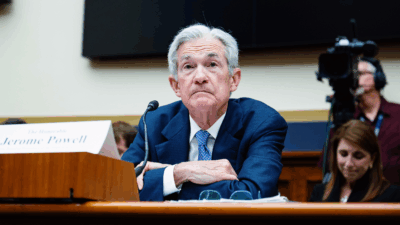
Sign up for smart news, insights, and analysis on the biggest financial stories of the day.
The old timey cartoons of a railroad-riding journeyman with a bindle over his shoulder who eats beans out of a can next to a tire fire will thankfully remain an iconic symbol of the Great Depression.
New data out Thursday reveals that the fears of mass evictions in the United States — forecast to happen after the pandemic-era federal moratorium was lifted — have not materialized, staving off a potential homelessness crisis.
When No News is Good News
When the eviction freeze ended in August, millions of renters were behind on payments, leading to predictions of a doomsday scenario where untold numbers would be left without a place to call home. Thankfully, it didn’t happen:
- Eviction filings in 30 major U.S. cities were up only 8.7% in September from August, according to the new data from Princeton University researchers. Even better, the 36,800 total filings that month were about half the average number of September evictions during pre-pandemic years.
- Assistance programs have recently ramped up, offering stability, and there’s still more in the pot: only 20% of $46.5 billion in federal rent aid has been paid to landlords and tenants, per the WSJ.
- Meanwhile, about half of the US population is still protected by state or local moratoriums or restrictions, such as in Philadelphia where landlords must apply for federal assistance before they can boot tenants out.
“What is out so far is certainly better than anyone’s previous best case scenario for the month after the moratorium,” Gene Sperling, one of President Biden’s senior advisers, told the Journal.
What About Foreclosures?: For people with mortgages, government assistance programs are winding down and it’s created the appearance that foreclosure actions are skyrocketing — they were up 32% in the third quarter from the second quarter (and 67% from the third quarter of 2020). But that’s only because they were driven to unprecedented lows by the assistance programs. September foreclosures were actually 70% lower than pre-pandemic times.











